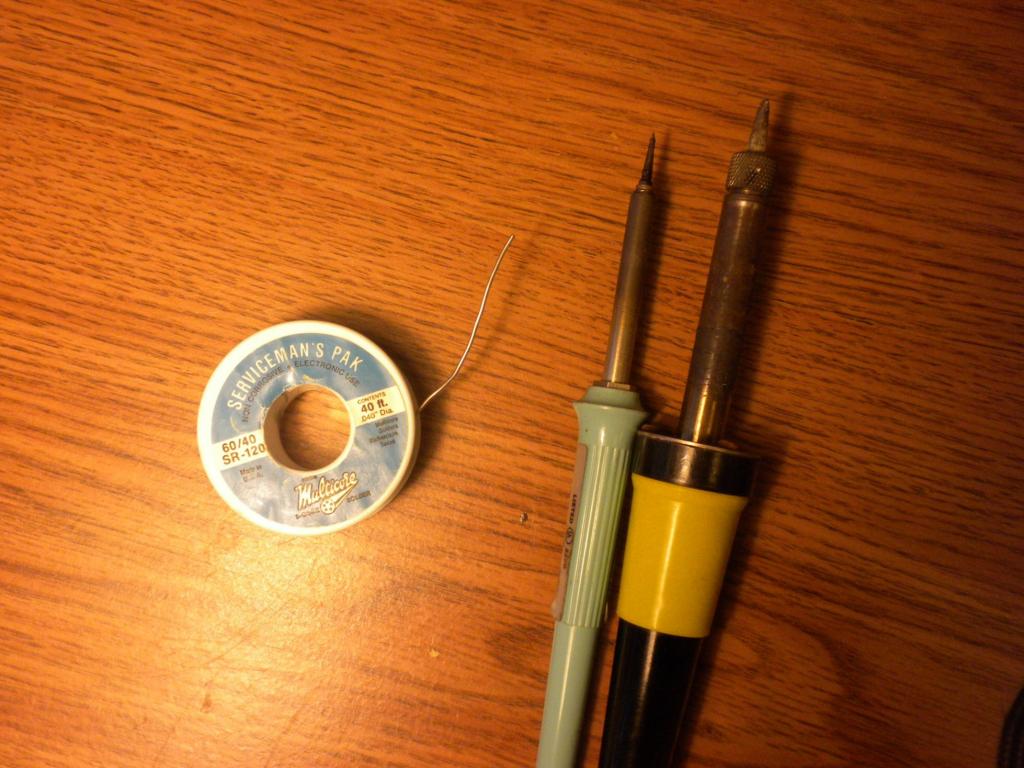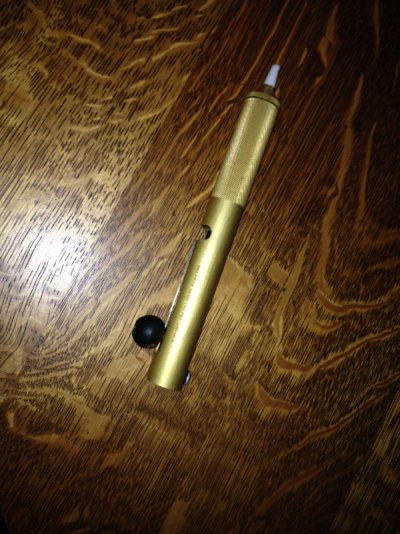TromboneAl
Give me a museum and I'll fill it. (Picasso) Give me a forum ...
- Joined
- Jun 30, 2006
- Messages
- 12,880
A $5 garage sale HP printer, in which I'd invested $90 in ink, started acting as if ghosts were pressing the buttons. I found that literally thousands of people have the same problem, and it turns out its not actually ghosts but a bad capacitor.

So, I replaced it, and that fixed the problem, but I had a heck of a time getting the old cap out and the new one in. One of the connectors of the old cap wouldn't come out without lots of heat and lots of pulling. The solder didn't flow properly onto the new connectors/holes, and I wasn't sure that I had a good connection. I've done a lot of soldering, but very little printed circuit board stuff.
Here are the two soldering irons I used (12W and 40W):

My question is: Would it have been easier with better soldering irons??

So, I replaced it, and that fixed the problem, but I had a heck of a time getting the old cap out and the new one in. One of the connectors of the old cap wouldn't come out without lots of heat and lots of pulling. The solder didn't flow properly onto the new connectors/holes, and I wasn't sure that I had a good connection. I've done a lot of soldering, but very little printed circuit board stuff.
Here are the two soldering irons I used (12W and 40W):

My question is: Would it have been easier with better soldering irons??


